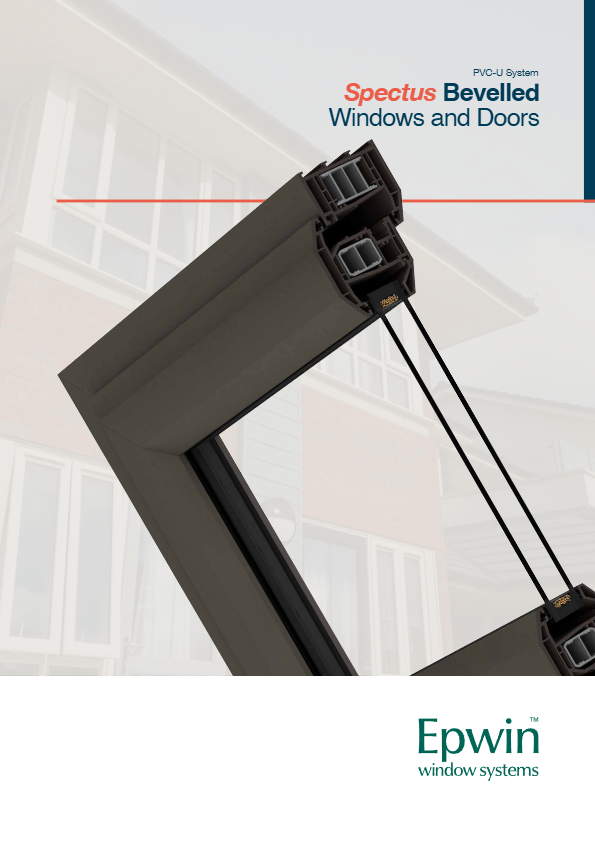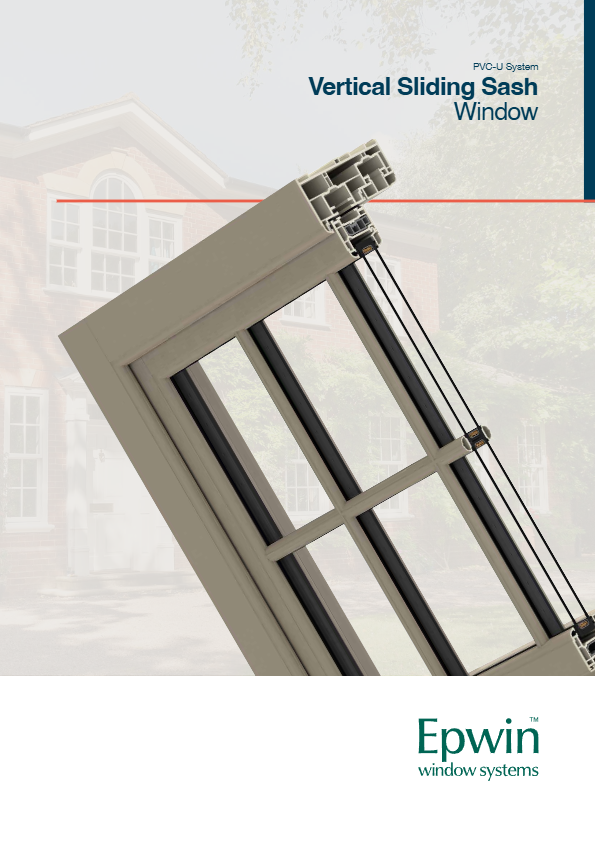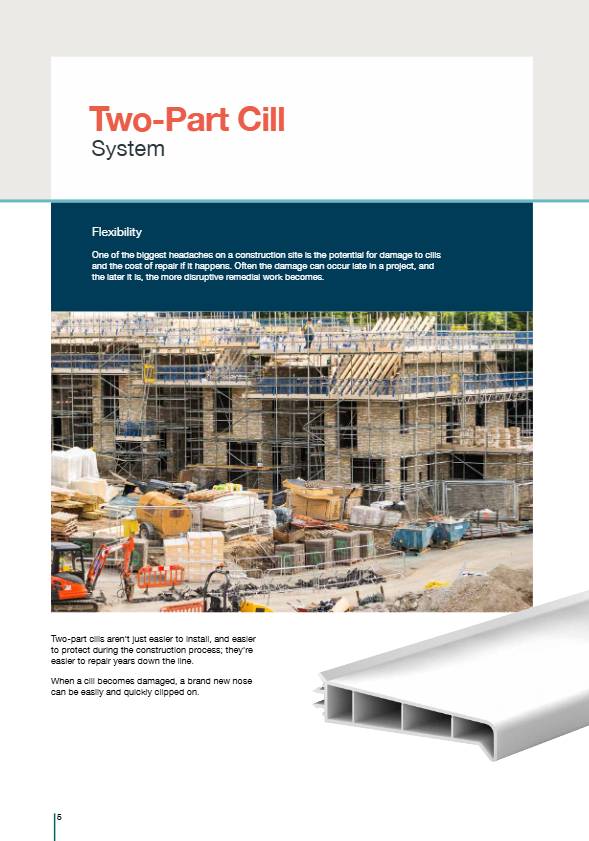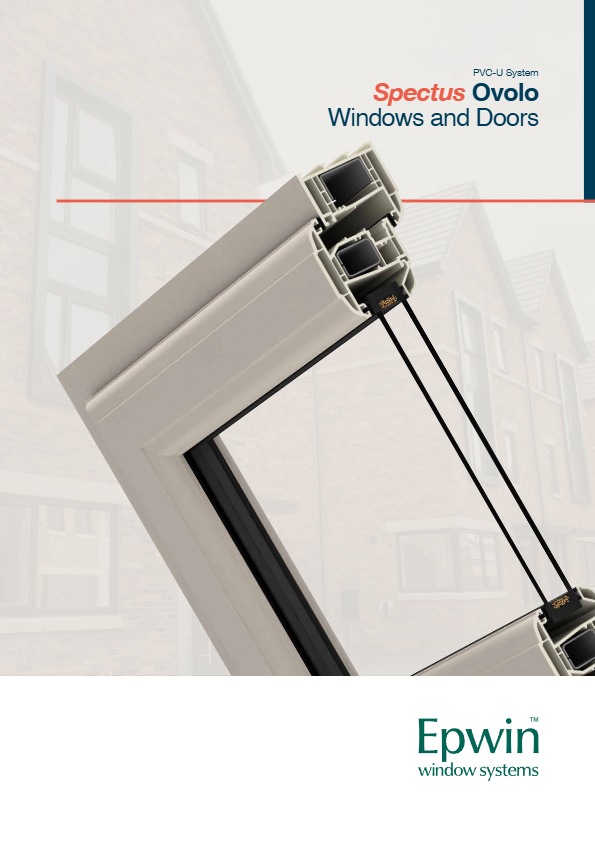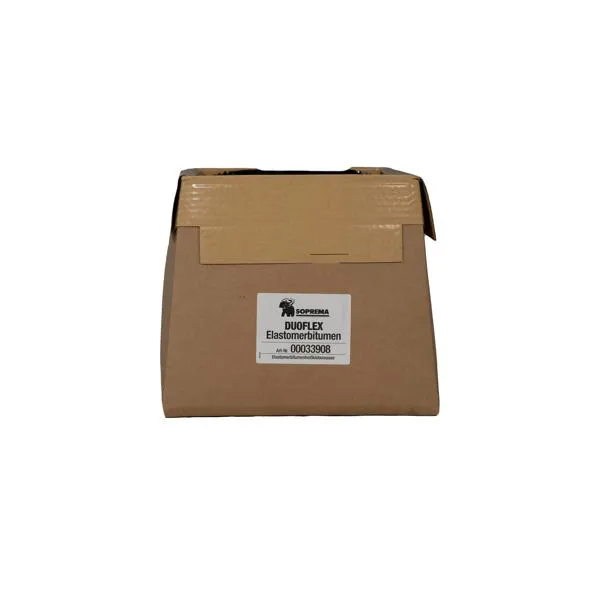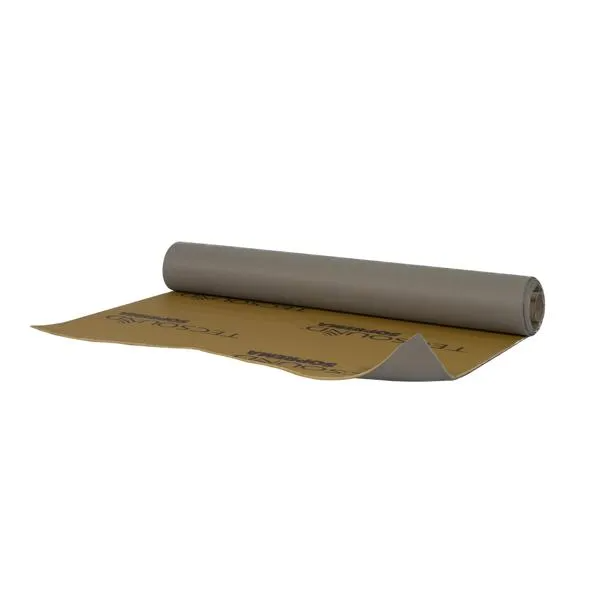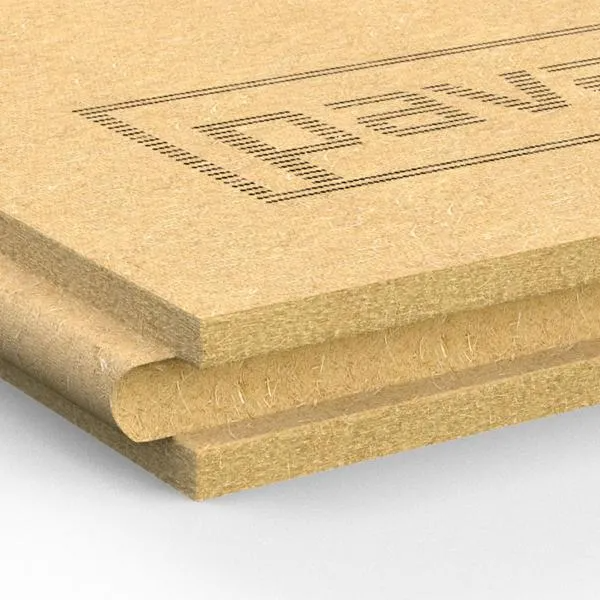To support best practice in the growing use of timber within buildings, the Structural Timber Association (STA) has released ‘Structural Timber: Design and Construction Guidance’ – a guide for architects, engineers, developers, and insurers, that is aligned with the RIBA Plan of Work.
Timber has been recognised as a key material in the UK’s journey toward net-zero, with the Government reconfirming its support of the Timber in Construction (TiC) Policy Roadmap and doubling down on its commitments in the Spring Statement, with a pledge to build 1.5million homes over the next five years.
The STA’s new guidance provides essential resources for those less familiar with structural timber systems, ensuring timber is integrated into construction projects efficiently, safely, and sustainably. The document provides guidance from project inception through to completion and long-term use.
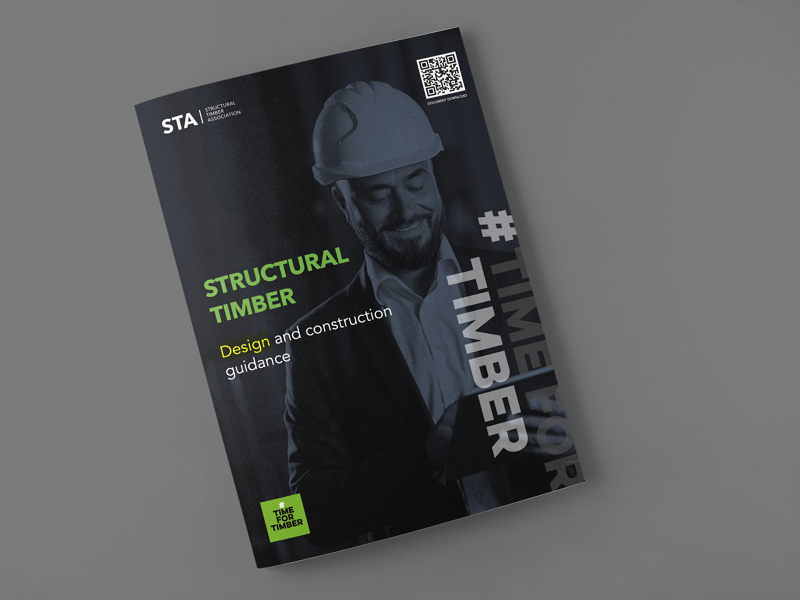
Covering the eight stages of the RIBA Plan of Work, the guide outlines key considerations, including early-stage planning, technical design, procurement, fire safety, moisture management, and construction logistics. It also provides valuable insights into structural timber construction methods, such as open and closed panel timber frames, structural insulated panels (SIPs), cross-laminated timber (CLT), and volumetric modular systems.
Andrew Orriss, Interim CEO at the STA said: “With the UK’s commitment to reducing embodied carbon in construction, timber offers a sustainable, efficient, and high-performance alternative to traditional materials. This guidance not only supports best practice but also provides clarity for stakeholders across the supply chain, ensuring confidence in timber-built solutions.”
The STA remains committed to ensuring the highest standards in timber construction through initiatives such as the STA Assure quality assurance programme and the Installer Training Scheme (ITS). The document also addresses critical industry challenges, including market confidence among lenders and insurers, and provides recommendations to mitigate risks associated with fire safety and moisture ingress.
The guide is now available for industry professionals seeking to enhance their understanding of structural timber and improve project outcomes.
For further details or to download the full guidance document, visit: www.timefortimber.org/how-timber/the-design-process











